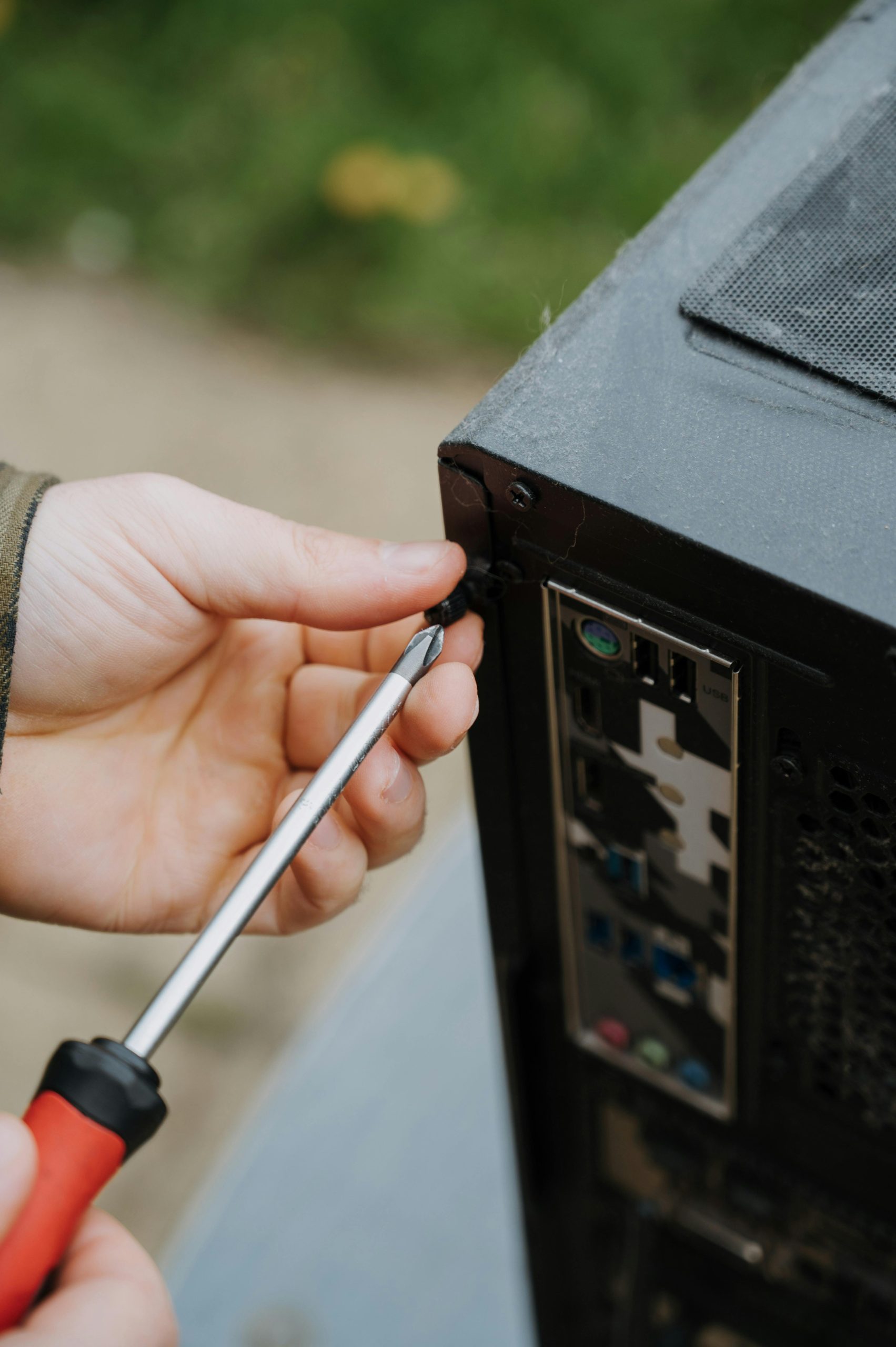Troubleshooting the IBM 5170 Motherboard: A Journey into Retro Repair
In the fascinating world of vintage computing, there’s always a new challenge waiting for enthusiasts. Today, we find ourselves diving into the intricacies of the IBM 5170 motherboard, specifically the 1985 variant. This particular unit has shown promise, yet it’s not quite reaching full functionality, and I’m determined to uncover the root of the problem.
Upon examining the motherboard, I discovered a significant issue with one of the chips—an Allen Bradley 316A103. The corrosion surrounding all 16 pins is particularly concerning and seems to be a likely culprit behind the motherboard’s failure to complete the Power-On Self-Test (POST). However, there’s a question that lingers: the second number on this chip—8642. What does it signify? Could it be a revision number, or something entirely different?
While researching potential replacements, I’ve noticed that the same chip appears for sale online, but curiously, the four-digit numbers often vary, with examples like 8515 cropping up. This inconsistency leaves me wondering about compatibility and the implications of these numbers on the repair process.
Currently, I’m equipped with a POST code reader, which should offer valuable insights. As of now, the board seems to initiate the POST process but falls short of initializing the video components. Interestingly, there are no audible beeps to indicate errors—a point that adds to my intrigue. The front panel light is operational, and the power supply remains engaged without automatic shutdown until I manually switch it off. I’ve ensured that most components are disconnected, keeping only a Persyst Mono 2 card, front panel lights, the speaker, and the battery for testing purposes.
As I proceed with the repair, I’ll keep you updated on my progress, and hopefully, I can breathe new life into this classic piece of technology. If you have any advice or insights about the peculiarities of the IBM 5170 or the Allen Bradley chip, please feel free to share your thoughts in the comments below! Let’s embark on this retro repair adventure together.
Share this content:




Hello, thanks for sharing your detailed investigation into the IBM 5170 motherboard repair. Addressing corrosion on the Allen Bradley 316A103 chip is a critical first step. I recommend carefully cleaning the affected pins using a desoldering braid and a gentle flux to remove corrosion, followed by cleaning with isopropyl alcohol (at least 90%) to ensure no residual debris remains.
Regarding the second number 8642, it’s likely a date or batch code rather than a revision number. Manufacturers often use such numbers for traceability—”86″ could indicate the year (1986), and “42” the week of manufacture. Variations like 8515 could similarly represent different batches or production weeks, but compatibility can sometimes be maintained despite these differences, especially if the major part number remains unchanged.
Since your POST code reader indicates that the motherboard initiates POST but doesn’t initialize video or produce beeps, consider checking the video chipset connections and RAM modules. Also, ensure that the power supply voltages are stable and within specifications. Replacing the potentially corroded chip after thorough cleaning and testing might restore full functionality, but do verify compatibility—if possible, consult the datasheet or cross-reference equivalent parts.
If the problem persists, testing with a known-good replacement chip (matching manufacturer and specifications) could help determine if the issue is indeed the part. Keep an eye